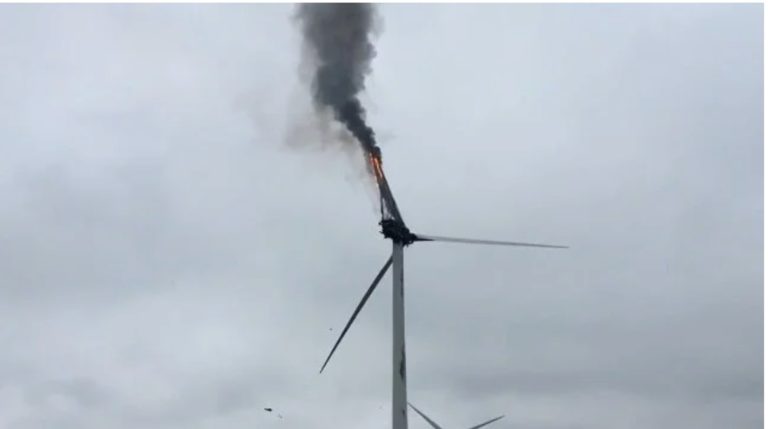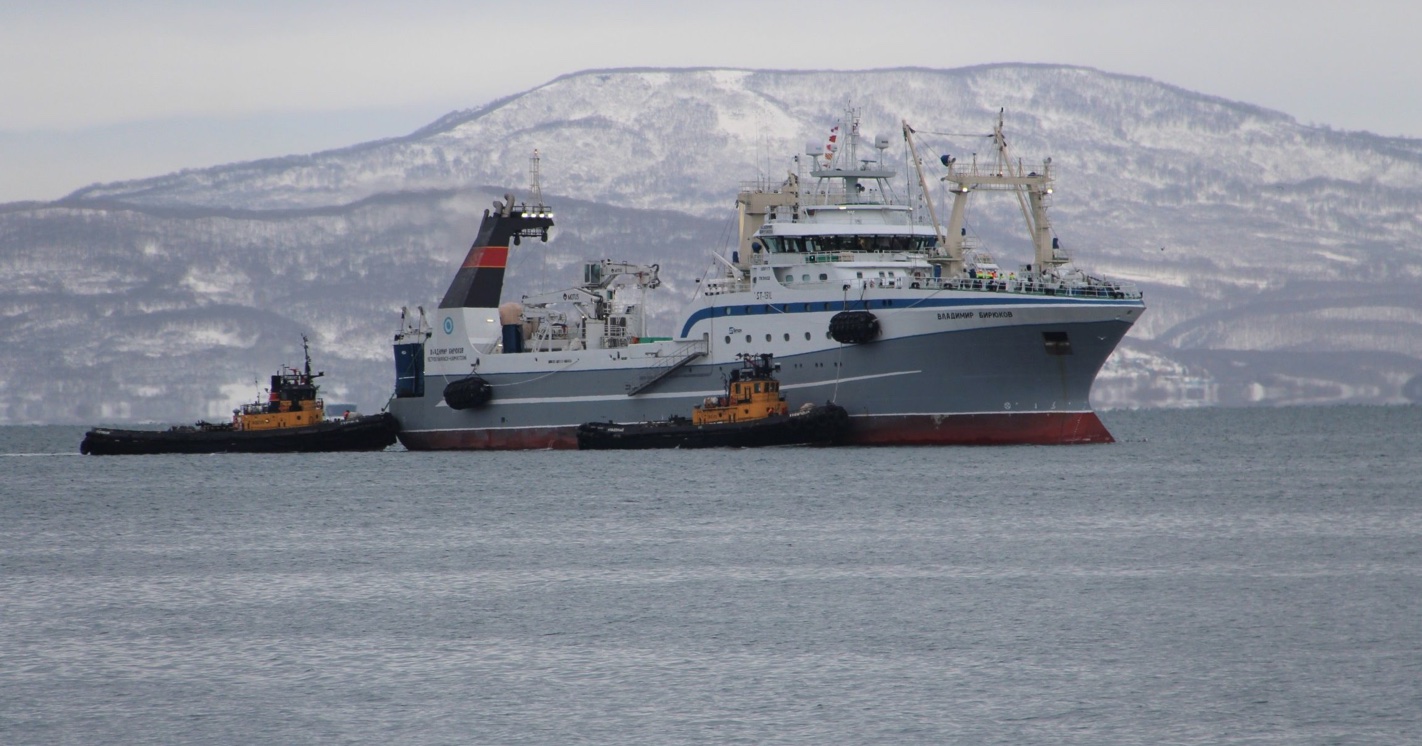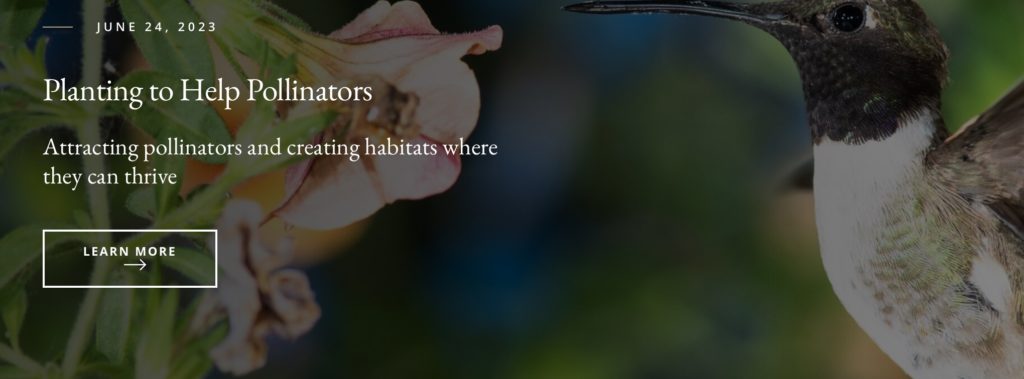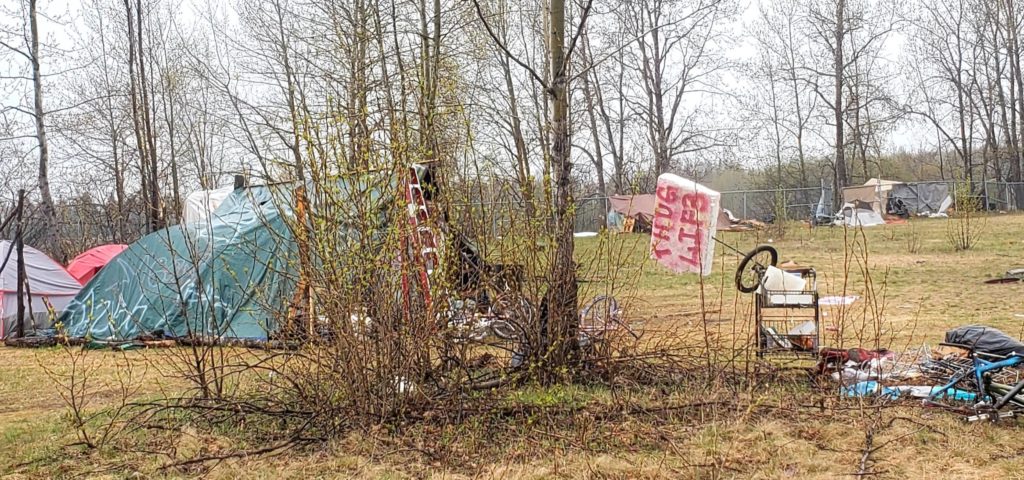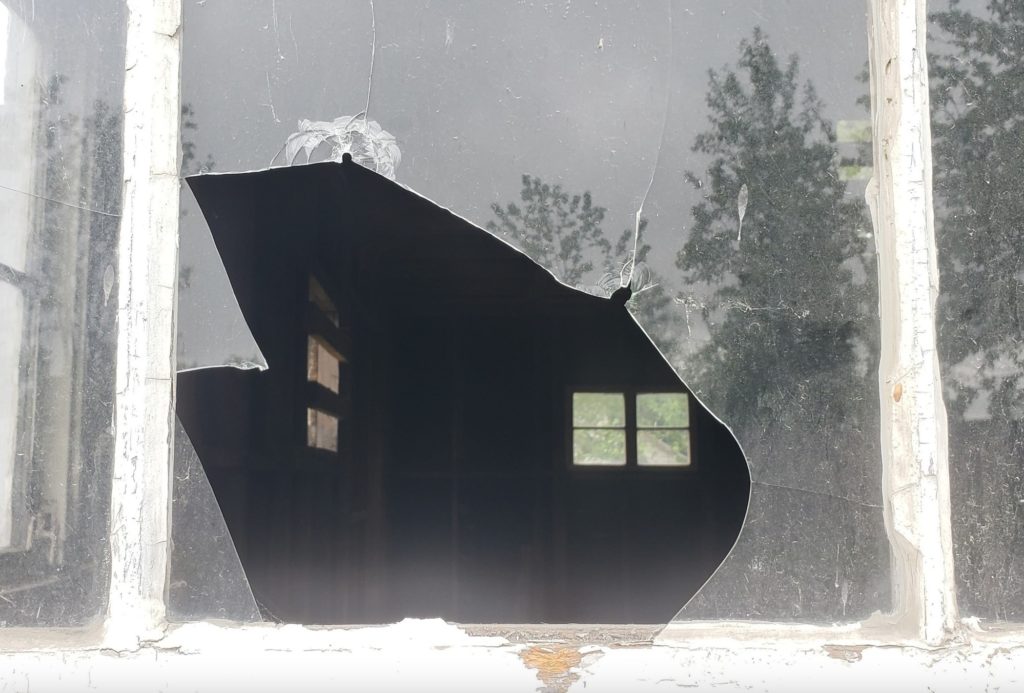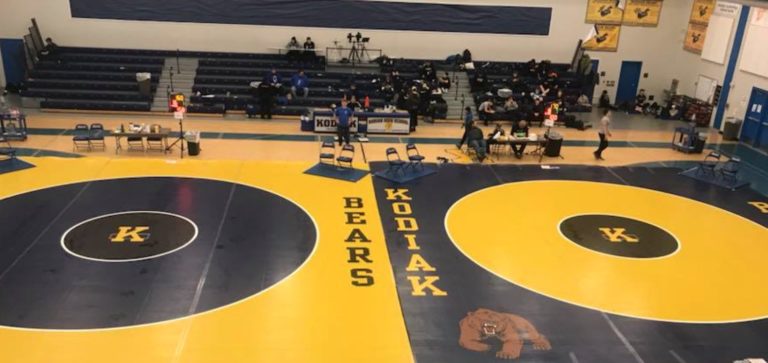Siemens Energy, whose subsidiary Siemens Gamesa is the world’s second-largest wind turbine manufacturer, disclosed significant problems with its wind turbine components, causing its shares to plummet and forcing the company to revise its profit forecast for the year.
On Thursday, the German company announced a “substantial increase in failure rates of wind turbine components” after conducting a thorough review of its operations.”
As a result of the findings, Siemens Energy’s board initiated an extended technical review expected to incur costs exceeding $1.09 billion, far surpassing the initial estimations. The unexpected surge in component failures dealt a severe blow to the company’s financial prospects, leading to a drastic drop of over 37% in Siemens Energy’s shares on Friday.
Siemens Gamesa said earlier this year the outlook for the wind industry remains good, pointing to the U.S. Inflation Reduction Act, which is making massive taxpayer-funded investments in wind energy.
Although fires are relatively rare, the industry and its manufactured high-tech components are relatively new, and more breakdowns may be expected, according to Wind Systems Magazine, which wrote, “Tens of thousands of wind turbines are expected to be installed over the next few years — and with this boost in numbers comes both an increase in expected frequency and greater public scrutiny over wind turbine fires.”
The magazine estimates the number of wind turbines estimated to catch fire per year varies between 1-in-2,000 to 1-in-15,000. As more turbines are installed and existing ones age, the number of fires may increase. Each of these fires could cost as much as $8 million, according to the magazine, quoting insurance writers.
“As most wind-turbine towers exceed 250 feet, they are often out-of-range for ground-based firefighting. Sending a team up to fight the fire presents a significant health and safety risk. Therefore, if no fire suppression system is in place, it will be left to burn out, irreparably damaging the turbine,” the writer points out.
There is also the hazard to those on the ground, as spinning, burning components fall from the sky. Fields and crops can catch fire, and wildfires can spread quickly.
According to Siemens Energy, the magnitude of the component failure problem suggests that it may be occurring in a significant portion of its installed fleet of wind turbines, ranging between 15% and 30%.
The revelations at Siemens have sent shockwaves throughout the renewable energy industry, as Siemens Energy’s wind turbines are widely used globally.
There are currently 70,800 wind turbines across the U.S., according to the U.S. Geological Survey, and Siemens Gamesa has installed more than 10,000 of those wind turbines, totaling approximately 20 gigawatt of installed capacity. In Iowa alone, Siemens Gamesa has erected nearly 1,400 wind turbines for a total of almost 3.5 gigawatt. Since 2005, an average 3,000 turbines have been built in the U.S. each year.
Alaska’s largest wind farm, the Eva Creek Wind Farm operated by Golden Valley Electric Association, has 12 wind turbine generators, developed by manufacturer Goldwind Americas, a wholly-owned subsidiary of Chinese multinational Xinjiang Goldwind Science & Technology Co., Ltd.
During May, the Eva Creek Wind Farm put 5.778,010 kilowatt-hours of power into the electric grid, enough to power 9,630 Interior homes per month (using an average of 600 kWh/month), the association said. May’s capacity factor was 31.6%.
Cook Inlet Region Inc. (CIRI) operates the second-largest wind farm in Alaska on Fire Island in Cook Inlet, where 11 turbines produce about 2% of the annual power generation for Chugach Electric Association, the state’s largest power utility. The original footprint on Fire Island was built with primarily an appropriation from the State of Alaska, and federal money. CIRI’s wind farm is in its 12th year, and the Native corporation has hopes of tripling its wind turbines.
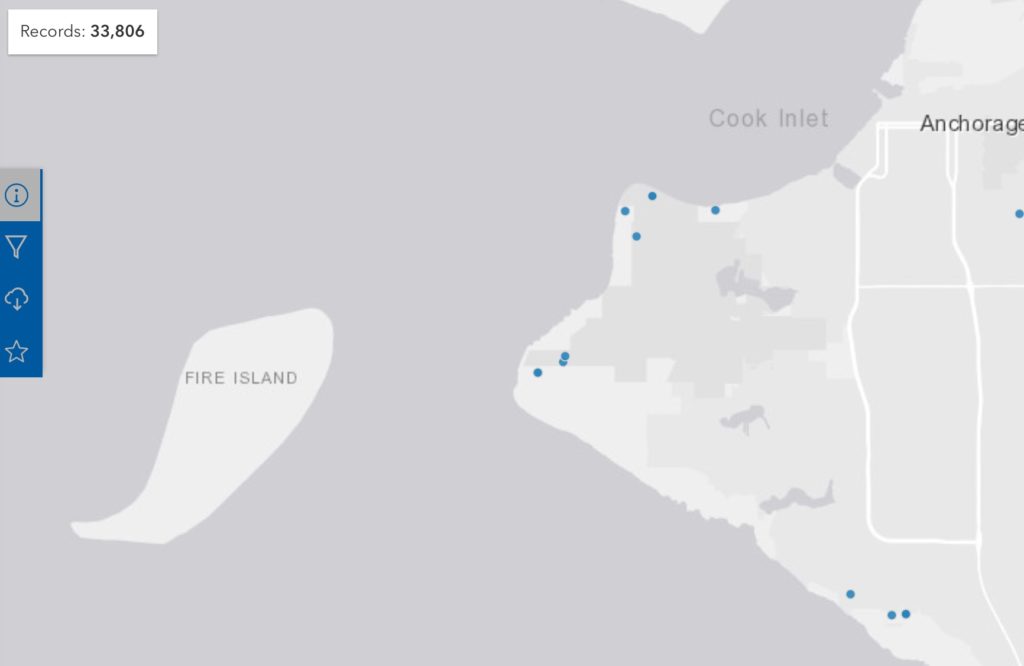
At the time of its construction, there were two bald eagle nests on Fire Island, and the developer, enXco Development Corporation, said the 11-turbine wind farm would not pose any hazard to those nests. Must Read Alaska was not able to determine if those nests remain active on the island, but there are none listed on the State of Alaska bald eagle nest map at this link.
